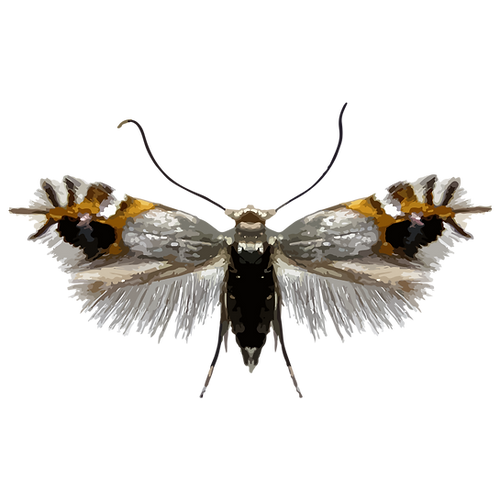


| Latin Name | Leucoptera malifoliella |
| Common Name | Pear Leaf Blister Moth |
| Biology | Completes 2-4 generations annually, overwintering as pupae in fallen leaves or bark crevices. Adults exhibit weak phototaxis, laying eggs singly on the upper leaf surfaces. Larvae bore into leaf mesophyll, creating white circular or irregular mining spots (5-10 mm diameter). Advanced infestations cause spots to darken with brown frass, leading to leaf scorching and necrosis.Peak damage occurs from May to September, with pronounced generation overlap in southern regions. |
| Damage | This pest primarily damages apple, pear, hawthorn, quince, and other Rosaceae plants. |
| Distribution Regions | Europe |
| Monitoring | Pheromone lures mimic natural sex pheromones to attract male insects into specialized traps for population monitoring and suppression. As a core IPM component, monitoring enables early risk detection and targeted control. Mass trapping reduces mating opportunities to curb offspring populations. Protocols: ●Use only with matched traps. ●15-45 traps/hectare,replace/replenish every 4-6 weeks. ●Wear gloves or wash hands with detergent when switching lure types. ●Refer to trap-specific hanging instructions. |
| Recommended Traps | Delta Trap, Wing Trap |

分享您的联系信息,即可获得精准匹配的信息素解决方案。如果我们现有的产品组合缺乏最佳匹配,我们的合成化学团队将启动定制开发——从分子结构设计到规模化生产。